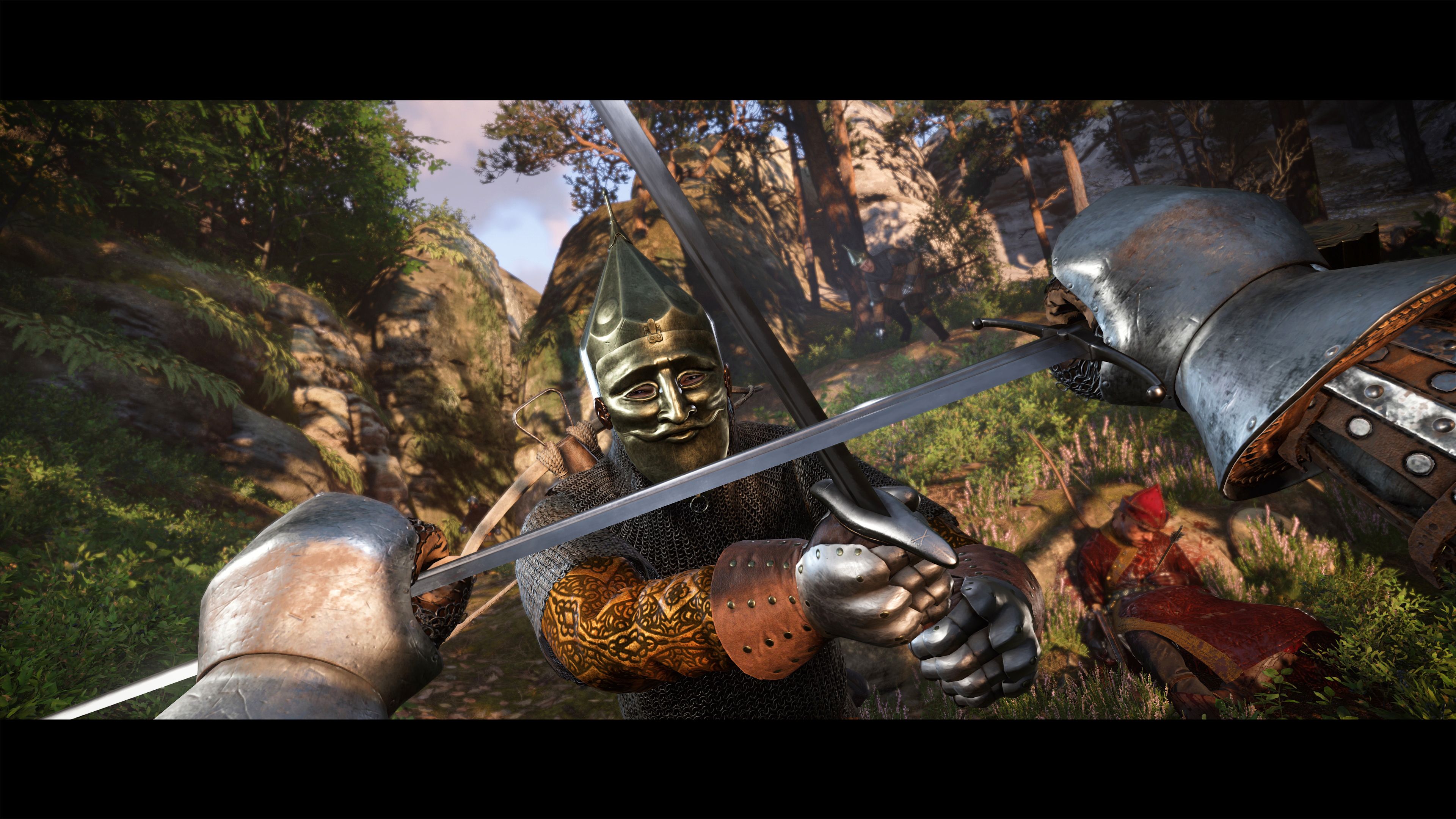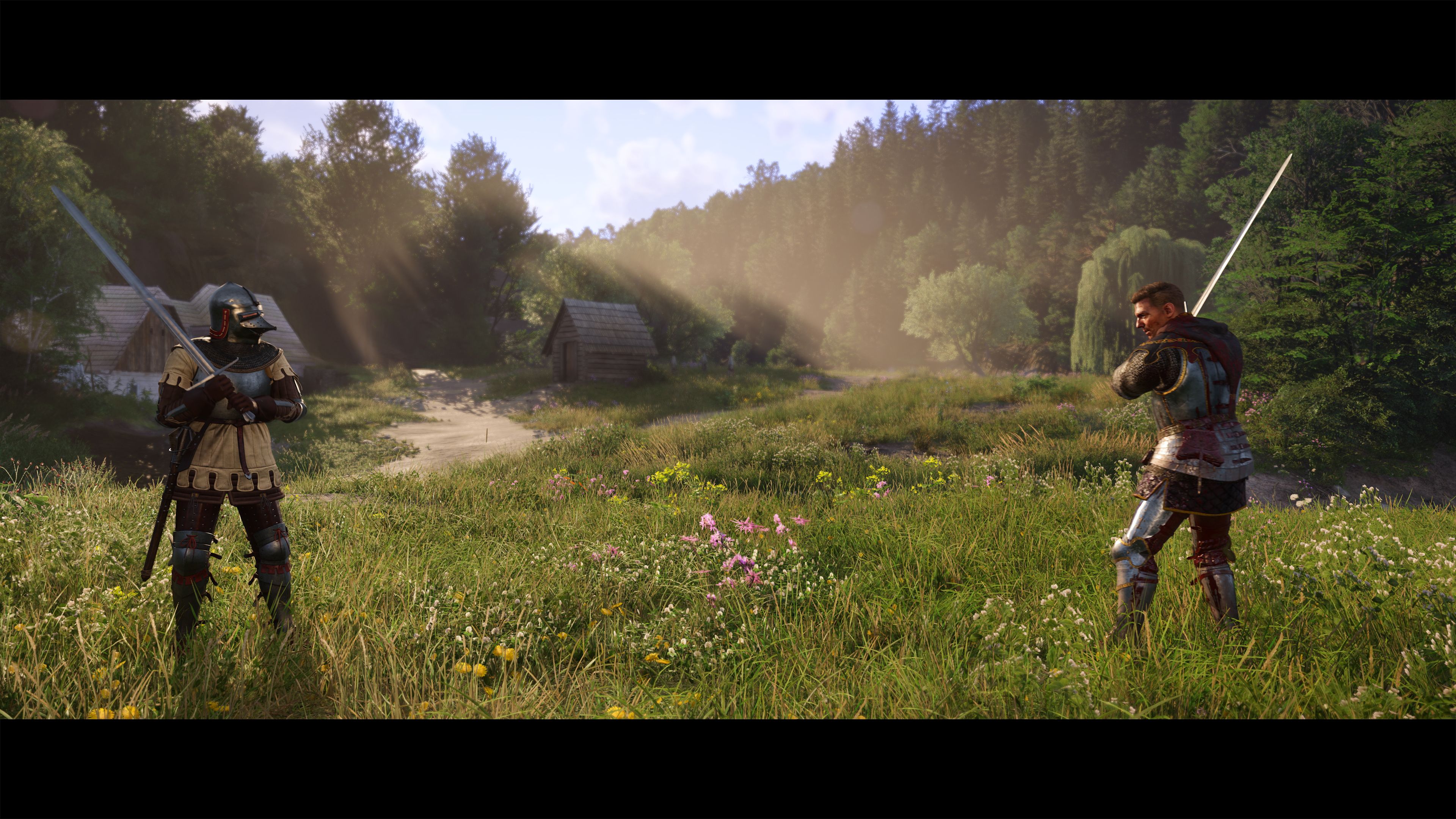CamHostage
Member
Translation is accurate, but what I know, is that the Zing.cz staff aren't the brightest minds. So I would like to see the actual slides from that conference
I'd love to see those slides too (especially since they are in English). This topic has just ran rampant based on quasi-reliable translations and second-hand reporting that doesn't seem exactly to be stating what the quoters say the article says, much less what was specifically said in the room.
Here's the original article (for those who speak Czech, or just want to read in full context: )

Kingdom Come: Deliverance 2 poběží na konzolích ve 4K a 30 FPS
Optimalizace by měla být mnohem lepší než u prvního dílu.
Google Translate said:Perhaps the most interesting were the statements regarding the technical side. Klíma, like many other developers, mentioned the limitation of the Xbox Series S and its 10GB of memory. So Warhorse's goal was to make the game 25% bigger, since XSS has 25% more memory than PS4/XONE.
Reads to me that they started and set the goal of a 25% scale upgrade over the original (and that the S did at that time stand as one of their concerns on the table for initial targeting.) The scope and capacity would change over that time, though, as would tech (in positive and negative ways) Also, it's not saying that they would have had more than 25% bigger game even without Series S (it's already a big-assed and complicated spot of land,) more that they just pegged it semi-arbitrarily at 25% based on what they knew by math they could squeeze onto all platforms even before adjusting any parameters.
...That said, the RAM issue here would be one of the few cases where Series S could cause troubles at a fundamental level. The lesser box is being blamed senselessly for the lack of "next-gen leap" firepower this gen (as if RT GI/AI/Reflections/Shadows can't be thrown on top or even that virtualized geometry can't and never does fall back to traditional LODs optimised for a specific platform.) However, this type of game really need every bit memory it can use to track its complex simulation, and there are ways to replicate that complexity without taking up so much RAM as the previous game, but still, it demands resident space. Series S cut back on mostly non-essential aspects of the graphics features which can work out by scaling the demands down, but it did cheapen out on RAM, and that's not something that scales or cuts back without affecting the whole.
So it's likely that Series S was a pain in their neck and possibly even forced compromises, but that's not exactly borne out of what's quoted in this summary of the event. (It's also not supported by other details we already know about the production game size, plus I'd be surprised a developer would so candidly admit to one box in the SKU list kicking his ass and limiting his project, even if RAM was a serious challenge for a certain type of game you'd still fight to the end to get the most out of it and you'd be foolish to admit early that your primarily-PC customers were getting a lesser game than imagined because of one darned console version.)
Last edited:











